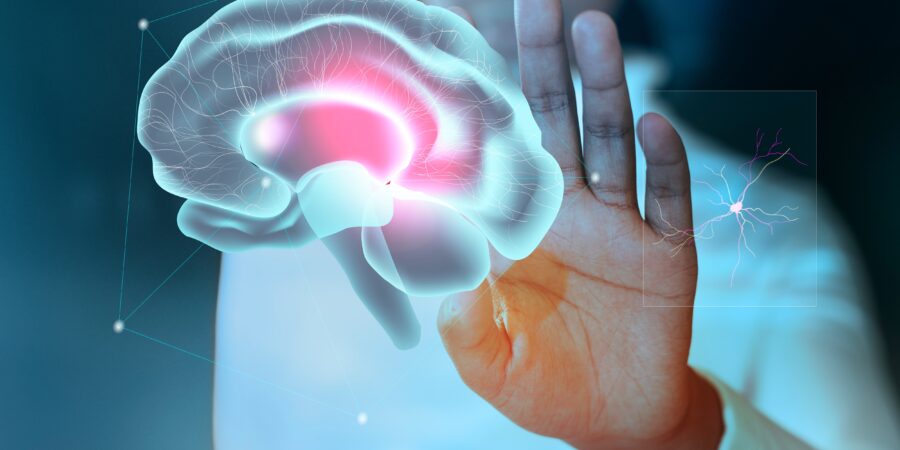HomeMedical News
The Neuroscience of Handwriting: What Writing says about your Thinking Ability
November 20, 2023
Our planet Earth has existed for 4.5 billion years. It is sobering to consider that our species, modern Homo sapiens, has only been around for 200,000 years and left Africa around 100,000 years ago. As I said in my TED talk, The Myth of Race, our brain is nothing but a computer and with all the walking around, our ancestor’s bodies lost fur to cool down, so that the brain could work optimally. Humans are suckers for stories. Try telling a chimp that if it behaved perfectly right now, it could have all the bananas it desires in an afterlife!
So if our species has been around in various geographical locations for 100,000 years, our histories or stories were things we told each other and our children. Handwriting was unknown until approximately 3000 years ago when the Sumerians, in an ancient city of Uruk in Sumer—present day Iraq—first developed a handwritten script that was used to record transactions. The scripts were pictorial—not unlike Japanese Kanji script—where a character used to depict a bull has horns.
I was born in England, and I spent my childhood in India and schooling involved an early emphasis on recognition of letters. Because India has many languages—many with completely different scripts—one had to learn to recognise different letters that had many different sounds. As we were in the south of India, we had to learn English, Tamil, and Hindi alphabets. As a child this seemed tiresome, and I envied my friends in England who only had to learn one script. But now science tells us that the faster and more accurate one is—at primary school—by identifying different letters, they will be better readers, and therefore more effective learners, later on. More than oral or letter-sound knowledge, visual identification of letters predicts reading abilities in later grades. Research shows that letter-name knowledge is the best predictor of later success in reading.
As digital media takes over—I am even, sadly, typing out this blog as it needs to be uploaded digitally—the art of handwriting fades away. Letters when handwritten are not mere fonts but symbols. The writer actively feels—in union with the pen—the letter being written; one can see different versions of the same letter, and pay attention to punctuation, rather than relying on autocorrect.
More recently, functional MRI scanners have come into vogue for neuroscience research. These scanners allow us to view brain activity as a task is being performed. Studies in children with scans before and after framing letters have shown that the brain only recognises symbols that it learned if they were printed by hand, not if they were typed! What this means is, if you are trying to learn a mathematical equation for example, writing it out rather than reading it from a printed version will make you retain this knowledge better. No wonder these days that some kids lack basic math skills.
My daughter handwrites notes while she is learning or studying new material, and I have often told her that maybe she is taking up too much time writing voluminous notes. Turns out, it was her father (me) that was wrong. As the article I mentioned earlier shows, taking notes by hand is in itself a way of studying while we are learning! That makes things a lot easier when we go back and study that material for a test, because we already have some knowledge of the material than if this was typed out. My daughter is a top student. She had figured this out for herself. I am sending her this blog, rather sheepishly.
Recently, a Japanese university student study showed that writing on physical paper can lead to more brain activity when remembering the information an hour later. In other words, if you want to remember something better, write it down rather than type it into your smartphone. The lead author of this study, Kuniyoshi Sakai, says that the “take-home message is to use paper notebooks for information we need to learn or memorize.” Another study in Norway using twelve-year old students showed that when writing by hand, brain areas in the parietal and central regions showed event-related synchronized oscillatory neuronal activity in the theta range that is important for memory and for the encoding of new information. This study used a digital pen, so this may be a compromise in our new digital worlds—styluses may be more useful than keyboards.
Steve Jobs studied calligraphy under an ex-Trappist monk, Robert Palladino. This led to modern computers giving us some handwriting like fonts, even though science suggests it is better if we create those shapes ourselves. Jobs was quoted as saying:
“If I had never dropped out, I would have never dropped in on this calligraphy class, and personal computers might not have the wonderful typography that they do. Of course it was impossible to connect the dots looking forward when I was in college. But it was very, very clear looking backwards ten years later.”
These studies may explain how countries with a history of written languages appear to perform better in education systems than cultures with mainly oral traditions i.e., did not have a script until recently. But in childhood everybody starts on an equal footing, and these studies point to the importance of learning to write by hand.
More than being stylistically attractive, handwritten letters have a way of speaking to both introverts and extroverts. Everyone’s handwriting is different, like a signature, inherently recognisable, and nostalgic. Printed letters are like tombstones marking the inelegance of the current digital era.
THE END
Written By
Dr Sharad Paul
Dr Sharad Paul is an award winning, world renowned recognised skin-cancer expert and thought-leader.






